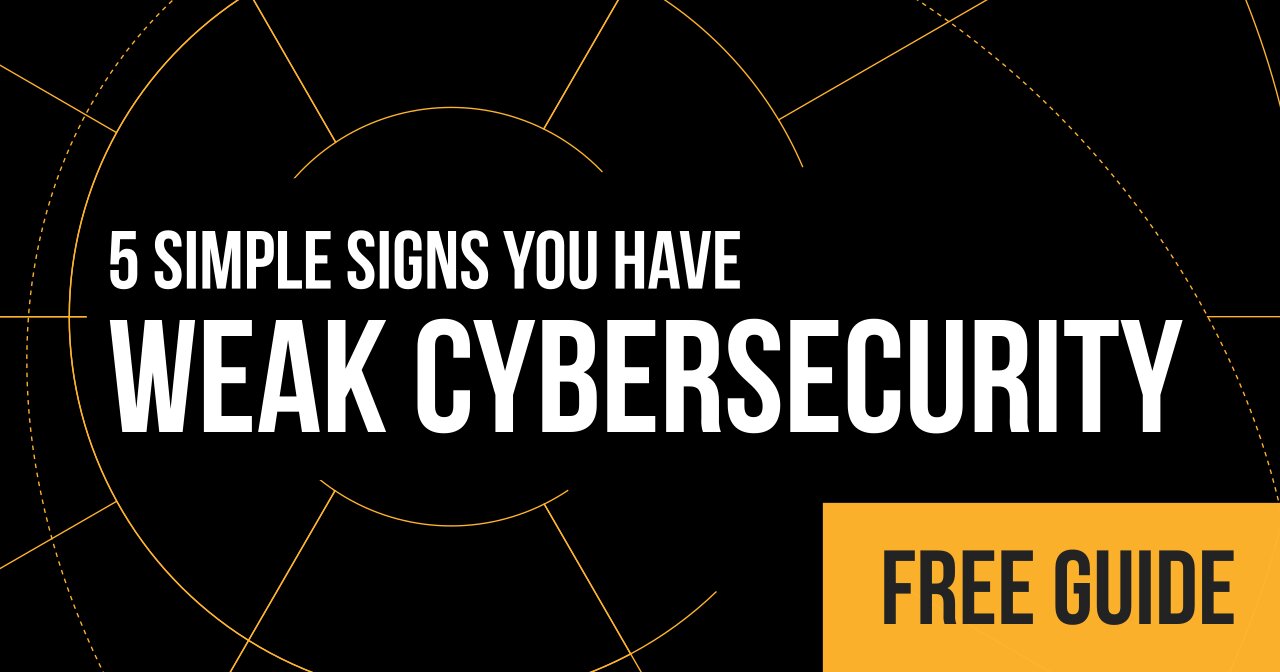
Imagine that terrible moment when the business you’ve struggled to build, the business your family and employees depend on gets hit with a data breach. Sensitive customer information leaks, regulators start knocking, and your reputation takes a nosedive.
Whatever the previous paragraph brought to mind, let me tell you that after having worked with dozens of organizations trying to recover from a breach, I can tell you that you probably haven’t even scratched the surface.
You assume your IT provider will handle it. They’re the experts, right?
But then you hear the dreaded words:
“That’s not on us. You approved the risk.”
Wait, what?
You hired them to keep you secure, but now they’re pointing fingers and claiming it’s your problem. Here’s the harsh truth: most IT providers don’t take full responsibility in a breach, and they often have documentation proving they warned you about risks you didn’t address.
If you’re not actively managing your security program and documenting every decision, you could be left holding the bag when things go wrong.
Let’s break down how to avoid that nightmare.
1. Ask for Evidence, Not Assurances
It’s easy for an IT provider to say, “You’re secure,” but where’s the proof? You need detailed, documented reports that show what’s been done to protect your business; for example, what patches were applied, how risks evaluated, and what security measures were implemented.
If you’re not getting reports, you’re flying blind. Ask for evidence that your security program is working and that risks are being addressed.
2. Document Every Decision
Here’s a common scenario: your provider recommends a solution, maybe better endpoint protection or stronger firewalls, but you decide to pass to save money. No big deal, right? Sure. No big deal UNTIL a breach happens and they pull out the documentation showing they warned you, and you declined.
Make sure every decision, especially those involving risks, is documented. This isn’t about passing blame. It’s about having a clear record to show regulators or clients that you took security seriously.
3. Verify That Training Happens
The weakest link in cybersecurity? People. Even the best tech in the world can’t stop an employee from clicking on a phishing link.
Ask your IT provider if they’re offering regular security training for your team. If they’re not, you’re leaving your business open to attacks that could easily be prevented. Training isn’t a “nice-to-have”; it’s a must.
4. Know Who’s Responsible for What
If a breach happens, the last thing you want is a finger-pointing contest. Who calls the shots during an incident? Who’s notifying customers or regulators?
Make sure your IT provider has a clear incident response plan and that you know exactly what’s expected of you. Ambiguity equals chaos.
5. Stay Ahead of the Blame Game
The real kicker? If you’re not proactive, you could face the double whammy of being blamed by your IT provider and being held accountable by your clients and regulators. Don’t wait for something to go wrong—get in front of the issue by regularly reviewing your security posture and addressing gaps.
Final Thoughts
Here’s the bottom line: cybersecurity isn’t just your IT provider’s job. It’s a shared responsibility. If you’re not actively managing your side of the equation, you’re leaving your business and reputation at risk.
Your IT provider should be a partner in protecting your business, not a scapegoat waiting to happen. Start asking the tough questions, demand documentation, and take control of your security program today. Because when the unexpected happens, you want to know you’ve done everything possible to protect your business.



